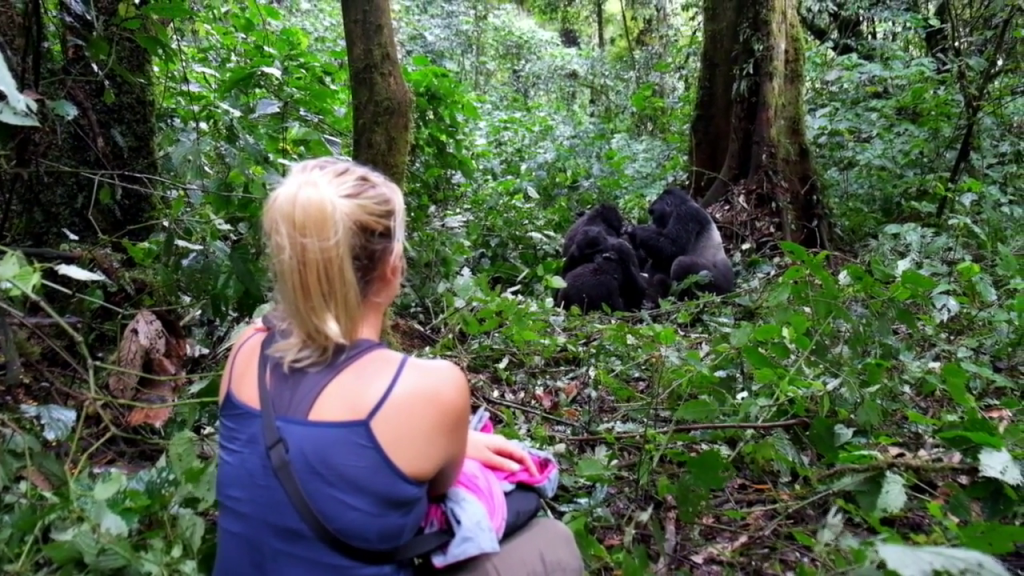How Long Do Mountain Gorillas Live?
Questions relating to how long mountain gorillas live are common among primate lovers and to answer this, it should first be noted that these shy and gentle creatures are only found in the wild and not in captivity.
These endangered primates only inhabit the mountainous and thickly forested areas of East-Central Africa. They live in four Protected Areas-Mgahinga Gorilla and Bwindi National Parks within south-western Uganda, Virunga National Park within DRC and Volcanoes National Park within North-western Rwanda. Of the many riveting characteristics you will notice or learn of these creatures, the one that will blow your mind is the fact that they share over 98.2% DNA with human beings.
Therefore, how long do mountain gorillas live? These beautiful creatures start exhibiting signs of old age by 35 years or more, with majority of them suffering from effects of Arthritis that start damaging their hand and feet bones. Older mountain gorillas also undergo loss of their teeth, resulting from the effects of periodontitis (a severe gum infection) thus bringing about challenges of foraging. Given these conditions, they are slower and take a longer time to forage in addition to moving at the same pace as other family members.

Gorilla trekking Experience in Uganda
Regardless of their huge sizes and how negatively they are portrayed in some films (such as King Kong), the Mountain gorillas are surprisingly compassionate creatures that will go as far as adjusting their daily routines accordingly to take care of their elderly (aged) members of the family. So adorable creatures!!! The older individuals are only abandoned when they are about to die or they will withdraw from the group and its activities on their own accord.
Till date, there is limited information on the life span of free-ranging gorillas, given the fact that these creatures were first studied in the 1960s, despite being discovered in 1902. Dian Fossey started her studies, research and Conservation of Mountain gorillas in 1963 within Volcanoes National Park. It is during her research that Karisoke Research Center was established between the Karisimbi and Bisoke Volcanoes. Even after her death in 1986, her legacy still lives on through the “Dian Fossey Fund”.
The average lifespan of mountain gorillas is possibly between 40 and 45 years, with the oldest ever lived mountain gorillas being Ruhondeza of Uganda who died at 50 years, and Guhonda of Rwanda’s Volcanoes National Park which makes 51 years in 2022. Not only is he the oldest silverback (at the time of writing), he is also the biggest and heaviest with a weight of over 220 kilograms.
Male mountain gorillas reach sexual maturity between 13 and 15 years, while their counterparts reach earlier (8-10 years) although begin reproducing at 10 years. Their gestation period is 8.5 months, and a single offspring is born. A female mountain gorilla gives birth every three to four years, and has a total of 4-6 offsprings in a lifetime. This is one of the reasons for the slow population growth of these Giant Apes and like humans, the babies are born very vulnerable although tinnier than humans (1.8-2 kilograms). They will cling to their mothers and start becoming independent from 4 years when she is ready to have another baby.
What does it take to see the mountain gorillas?
Being of age (15 years and above), possessing a valid gorilla permit, being physically fit and patient are some of the key pre-requisites for anyone to see the mountain gorillas in their natural habitat. A limited number of permits are issued for these Giant Apes each day and for every habituated gorilla family, a maximum of 8 visitors are allowed to trek. This is done to protect these creatures that are already endangered.
